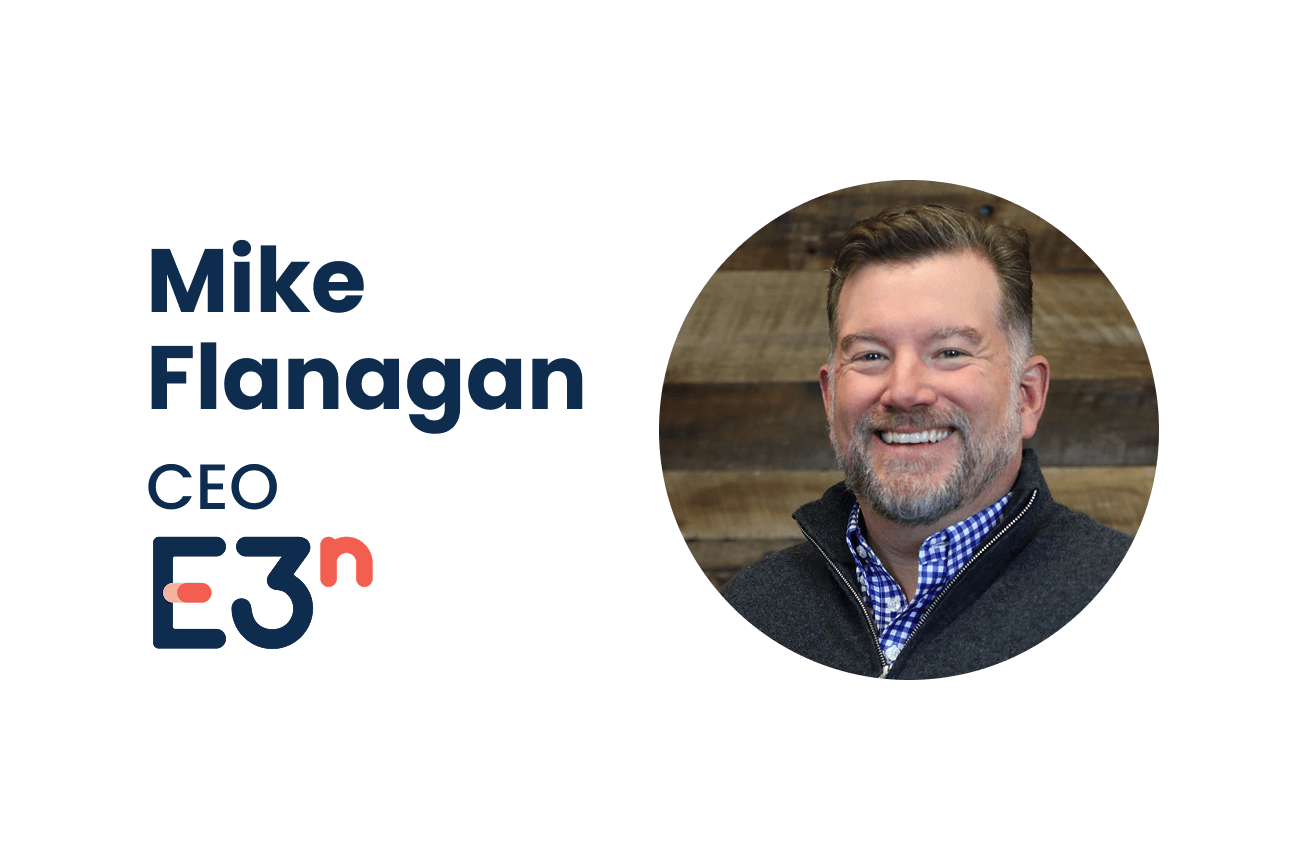Return on Investment: Why an Independent School Education is Worth the Cost

by Doug Lyons, Executive Director, CAIS
In the past two decades, dramatic advancements in neuroscience have given researchers a better understanding of how children, adolescents, and adults learn. Scientists are discovering how memory works and what contributes to, or interferes with, good memory function. Two components of this research are particularly important for those who design environments for school-age (K-12) learners. These critical factors are the role of emotion in learning, and the impact of the total school experience in developing the ideal graduate, defined as the lifelong learner. Independent schools demonstrate a variety of organizing principles (single-sex, coed, secular and religious, boarding and day, Montessori, Quaker etc). They share, however, a mission-driven, student-centered, non-bureaucratic model. This model has distinct advantages for students over the increasingly compliance-driven model that characterizes public education. Is an independent school education worth the cost? This presentation offers information that may assist parents in answering that question.




